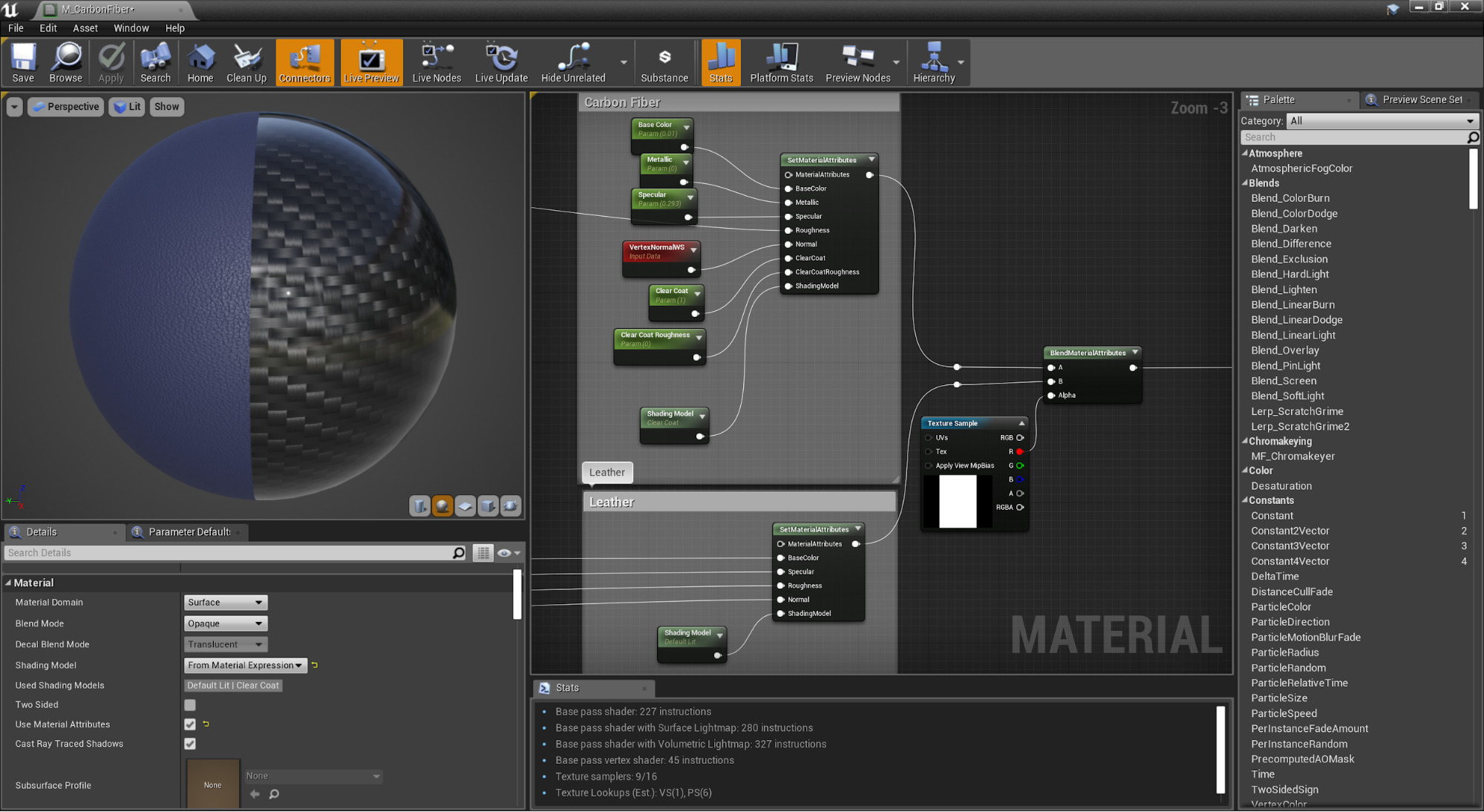

Incidentally, Doom3 and Quake4 were done using OpenGL rather than D3D. With the new OGL 3.0 and 3.1 standards as well, it's pretty much a new game out there. OGL 2.0 and 2.1 have all the same shader features as part of the standard as D3D and geometry shaders available as extensions on any graphics hardware that supports them (as opposed to D3D which restricts this to DX10 and only runs them on windows).
#Opengl 4.5 tutorial c++ sdl glfw windows
The real problem with OGL is that Windows has no updated versions of it available meaning you have to rely on extension mechanisms in order to gain access to the up-to-date features. I don't have a lot of experience with OpenGL, but I suspect that you have to jump through the same Win32 API hoops no matter what.ĭ3d and OGL are comparable in power and OGL is hardly 'horribly out of date'. To me, it sounds like a few bitmaps, a few lines, and some text drawing. and I know for a *fact* that a simple scoreboard for a cricket game can be programmed with the Win32 API. I would argue that the least powerful mechanism which can get the job done should always be preferred. well yes, DirectX is more powerful, but that doesn't mean you should use it by default.

Can you use DirectX without making a window, having a message handler, and all the baggage that goes along with it?Īnd once you have a window, how is it hard to start drawing on it? I don't see how this is any harder than using DirectX.Īs far as power goes. How is it overcomplicated? It was my understanding that to even *use* DirectX you had to create a window and manage resources.

I respectfully disagree with this:"The win32 api is highly overcomplicated and not very powerful."


 0 kommentar(er)
0 kommentar(er)
